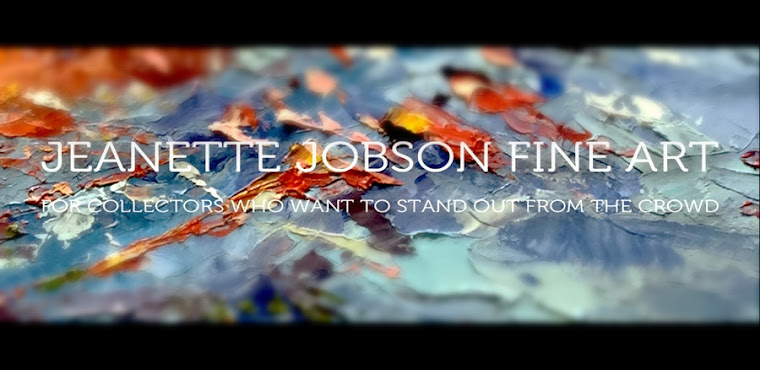Three on Lace
9 x 12 oil on masonite
I'm in my ninth year of blogging. I truly didn't think I would last two weeks,let alone pushing through the ninth year. With statistics showing that many blogs dissolve into nothing within three months of inception, I must be long winded, obsessive or am going for a world record!
Its likely more of the first two that keep me typing to what seems like an empty box at times. I originally started a blog to make myself accountable to produce art. Its served that purpose and continues to be a niggling thought in the back of my head daily, whether I've posted here or not, that I must work on art and I must share my thoughts about it. Whether there is audience or not is irrelevant. Yes, of course, its good to have feedback, although I'm not a statistic hound and my blog has become similar to a personal art diary, with benefits of interaction with others from time to time.
There are other bloggers of similar vintage who produce wonderful work and words of wisdom. Perhaps the long lasting bloggers should start a club to compare notes about blog aging. Blogging content and frequency has reduced over the last few years with the presence of social media and its effortless (or nearly) one button or 141 character method of expression. While social media are very effective, I believe that blogging continues to be a draw for those people wanting to know the underpinnings and thoughts behind a comment or image. Its rather like books, they'll never disappear even if electronic form and become the place where information and imagination reside.
Will I continue past the nine years and into ten? Likely so. If I've gone this far and still have something to say and someone takes something from it, its been a useful exercise. Looking back over time there have been some popular posts and its interesting to look at them and remember the process, the event, the good and the bad. Have a look at some of the popular posts in the list on the right side. Is your favourite there?
Thanks for coming along for the ride, I hope you'll stay for the rest of the journey. I like having your company.
PS The painting above is a demo painting from a recent workshop I gave in palette knife painting. Those who know me know that I find pears a bit boring as they are such a constant subject in paintings. However, the simple shapes and composition makes them good for beginners to tackle.




